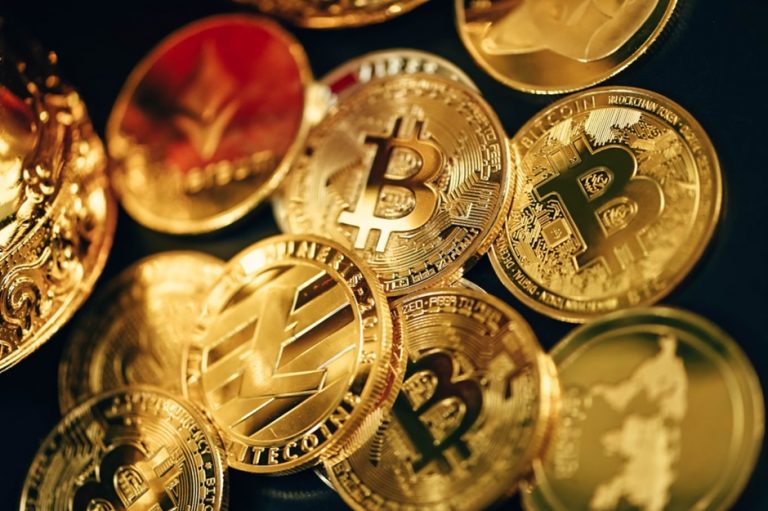
The statement that cryptocurrencies, like gold and art, are a “greater fool” asset class is a perspective that highlights the speculative nature of these investments. The term “greater-fool theory” suggests that the value of an asset is determined not by its intrinsic value, but rather by the collective belief that someone else will be willing to pay a higher price for it in the future. The Greater Fool Theory is a fascinating concept that has intrigued economists and investors for decades.
Cryptocurrencies have been a topic of intense discussion and debate, with opinions varying widely. Some view them as the future of money, citing their decentralized nature and potential for privacy and security enhancements. Others criticize them for their volatility, lack of intrinsic value, and use in illicit activities.
Gold and Art, on the other hand, have been long-standing traditional stores of value. Gold has been valued for its physical properties and scarcity, while art’s value often comes from cultural significance, rarity, and the reputation of the artist.
Register for Tekedia Mini-MBA edition 19 (Feb 9 – May 2, 2026): big discounts for early bird.
Tekedia AI in Business Masterclass opens registrations.
Join Tekedia Capital Syndicate and co-invest in great global startups.
Register for Tekedia AI Lab: From Technical Design to Deployment (next edition begins Jan 24 2026).
This theory plays a significant role in various asset markets, where valuation often becomes disconnected from fundamentals. It’s particularly prevalent in highly speculative markets or in situations where assets experience rapid price increases, known as bubbles.
The theory suggests that during a market bubble, investors can make money by buying overvalued assets and selling them for a profit to other investors who are willing to pay even more. This cycle can continue as long as there are buyers willing to pay higher prices, regardless of the asset’s underlying value.
However, the Greater Fool Theory also comes with a warning: the game ends when there’s no longer a “greater fool” to buy the asset, leading to a sudden and often steep decline in prices. This can result in significant financial losses for those left holding the asset when the bubble bursts.
Understanding the Greater Fool Theory is crucial for anyone participating in investment activities. It serves as a reminder to be cautious and to consider the intrinsic value of an asset rather than relying solely on market sentiment and the hope that someone else will pay more in the future.
While the Greater Fool Theory may offer an explanation for certain market behaviors, it also highlights the risks associated with speculative investing. It underscores the importance of thorough research and a well-considered investment strategy that takes into account more than just market trends and the actions of other investors.
Investing in any of these asset classes carries risk, and potential investors should conduct thorough research and consider their risk tolerance before investing. It’s also important to note that while some may invest hoping to sell at a higher price, others may invest for personal reasons, such as enjoyment or interest in the asset’s cultural or technological significance.
The classification of cryptocurrencies, along with gold and art, as “greater fool” assets is a viewpoint that reflects skepticism about their value and sustainability as investments. It’s a reminder of the speculative nature of certain asset classes and the importance of due diligence in investment decisions.



